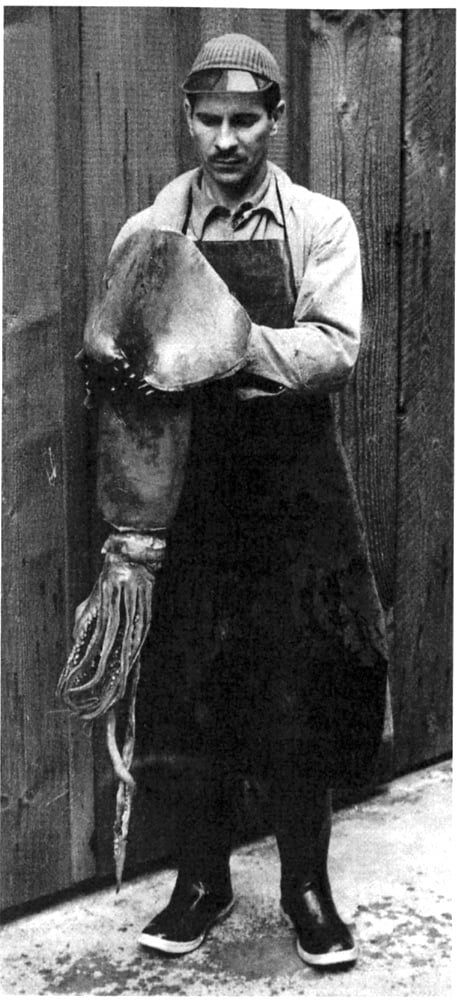Ed Ricketts
By:
May 14, 2011

“A most exceptional individual,” wrote Henry Miller of his friend, marine biologist ED RICKETTS (1897-1948). “A man radiating peace, joy and wisdom.” It took a questing autodidact to get there: Ricketts once left the University of Chicago to walk to Florida and in 1923, he moved to California without degree or affiliation; instead he opened the Pacific Biological Laboratory, selling specimens collected from the astonishingly fertile Monterey Peninsula. By the early 1930s, Ricketts was close friends with James Joyce fanatic Joseph Campbell and struggling novelist John Steinbeck, and writing Between Pacific Tides, which — despite peer review critique of its ecological (habitat) rather than strictly phyletic organization — Stanford University Press published to acclaim in 1939. That April, Steinbeck’s Grapes of Wrath appeared, the success and controversy of which led Steinbeck to join Ricketts on a six-week expedition to Baja California; the resulting collaboration, Sea of Cortez, was published to widespread bafflement in December 1941. Ricketts meanwhile continued revising three speculative essays: “The Philosophy of Breaking Through,” “Essay on Non-Teleological Thinking,” and “A Spiritual Morphology of Poetry”; together, they particularize a holistic intellect which transcends both the tide pools and the Ricketts-inspired “Doc” of Steinbeck’s Cannery Row (1945). His mind in flight is also seen in a March 1944 letter to Xenia Cage (then estranged wife of composer John), in which Ricketts knowingly quotes Li Po: “‘If you are coming through the narrows of the River Kiang.’ [Ezra] Pound translation still the best for that one, though erroneous.”
***
On his or her birthday, HiLobrow irregularly pays tribute to one of our high-, low-, no-, or hilobrow heroes. Also born this date: George Lucas, Wim Mertens, Dan Auerbach, Bruce Rogers.
READ MORE about members of the Hardboiled generation (1894-1903).
